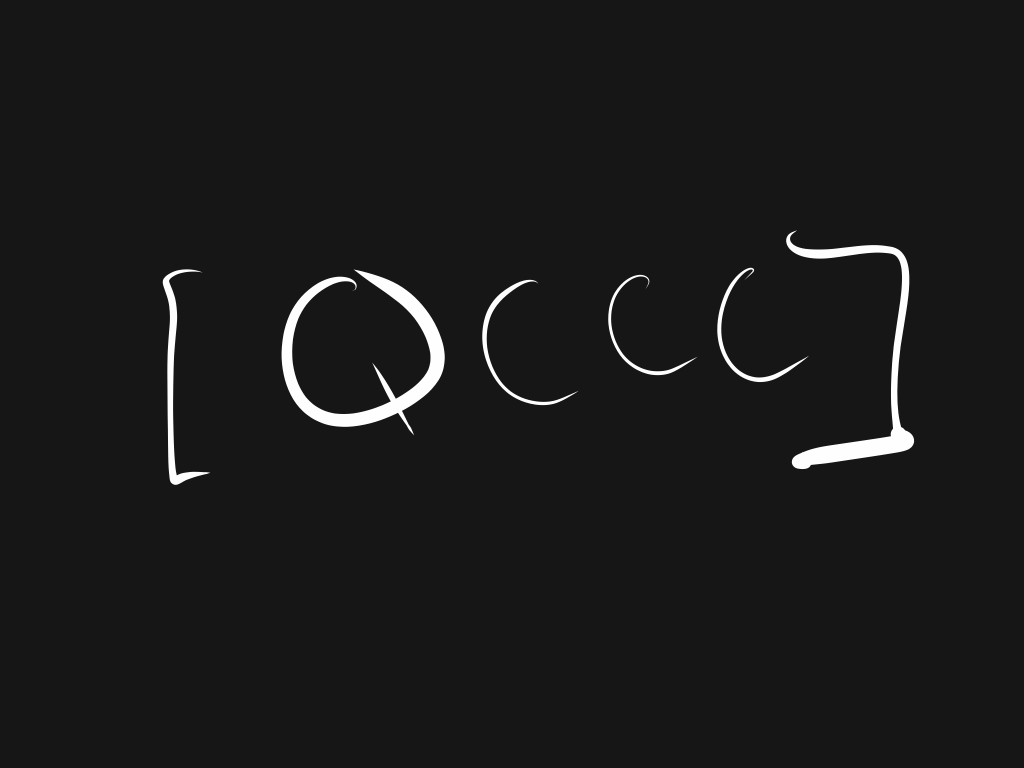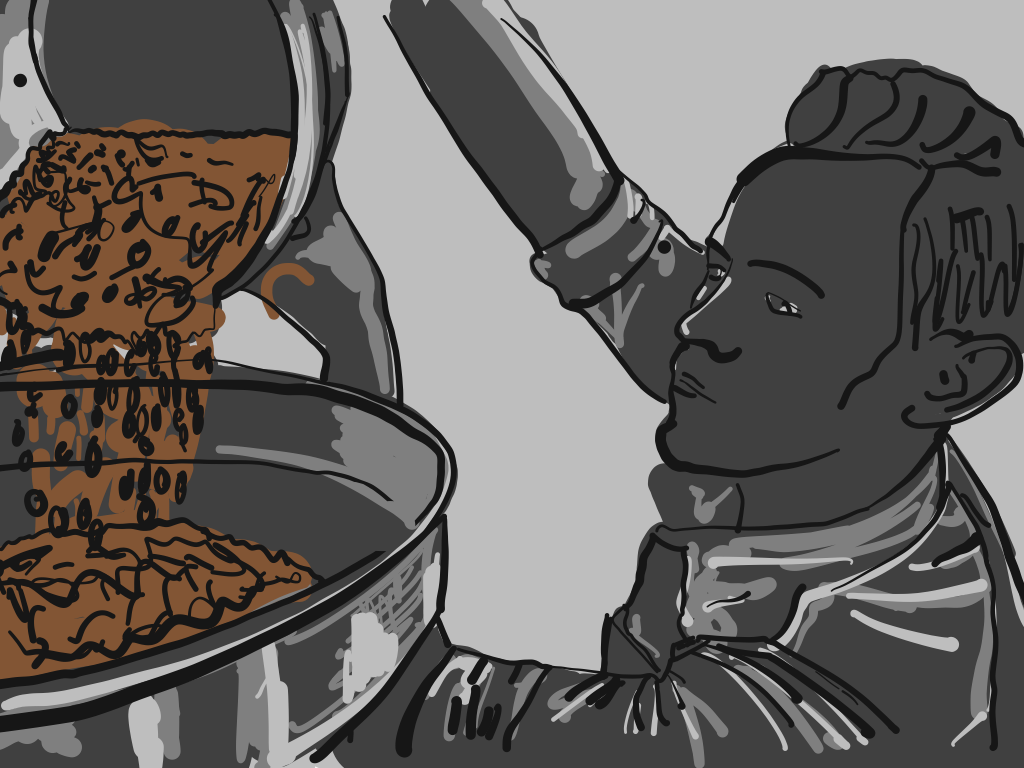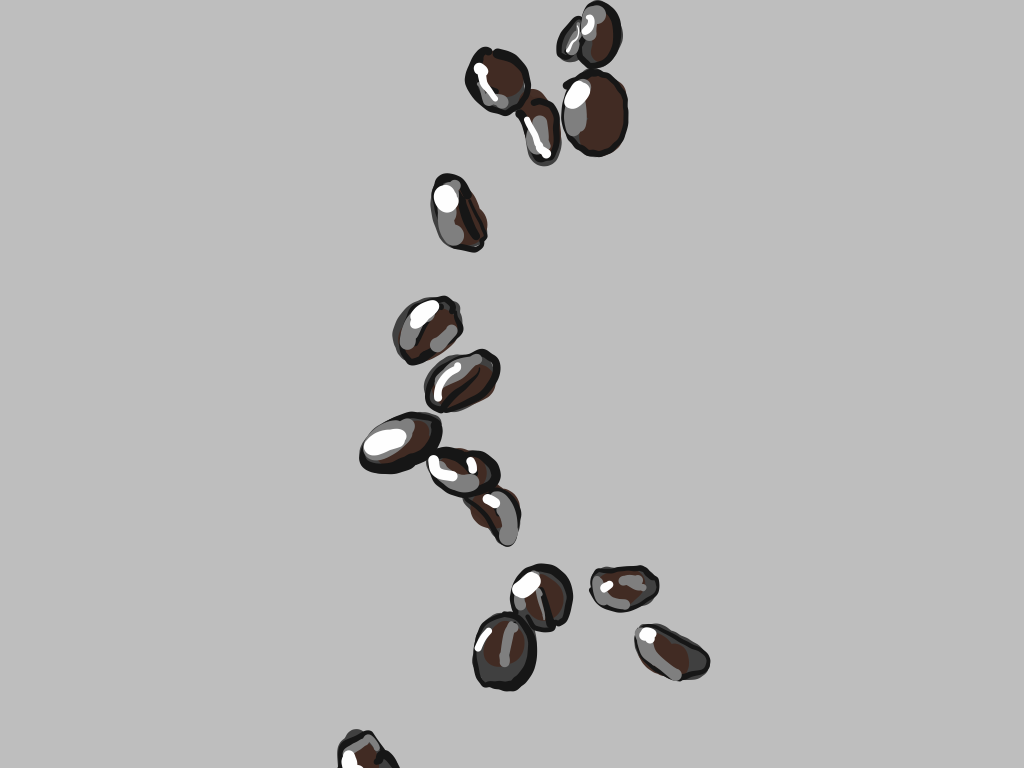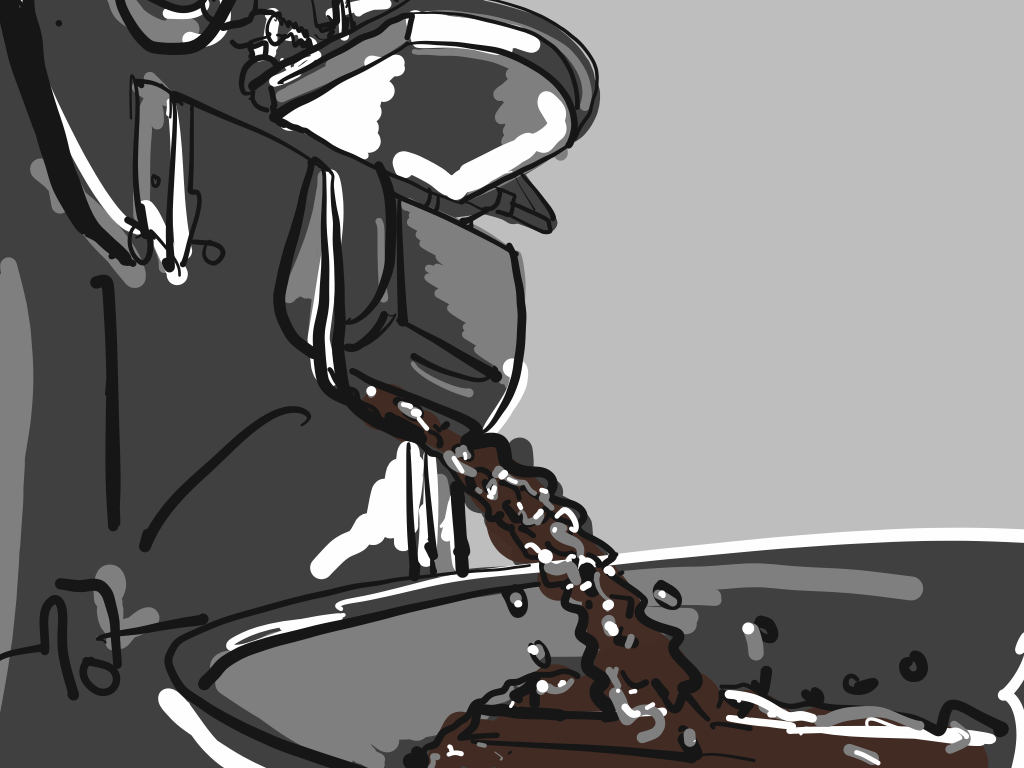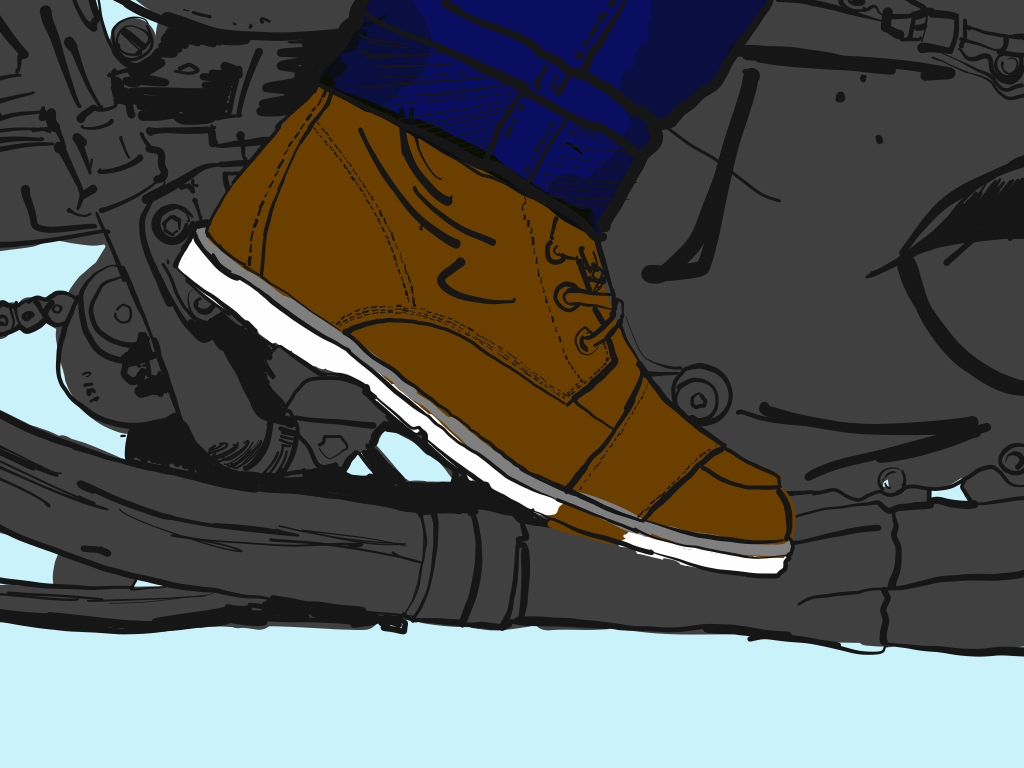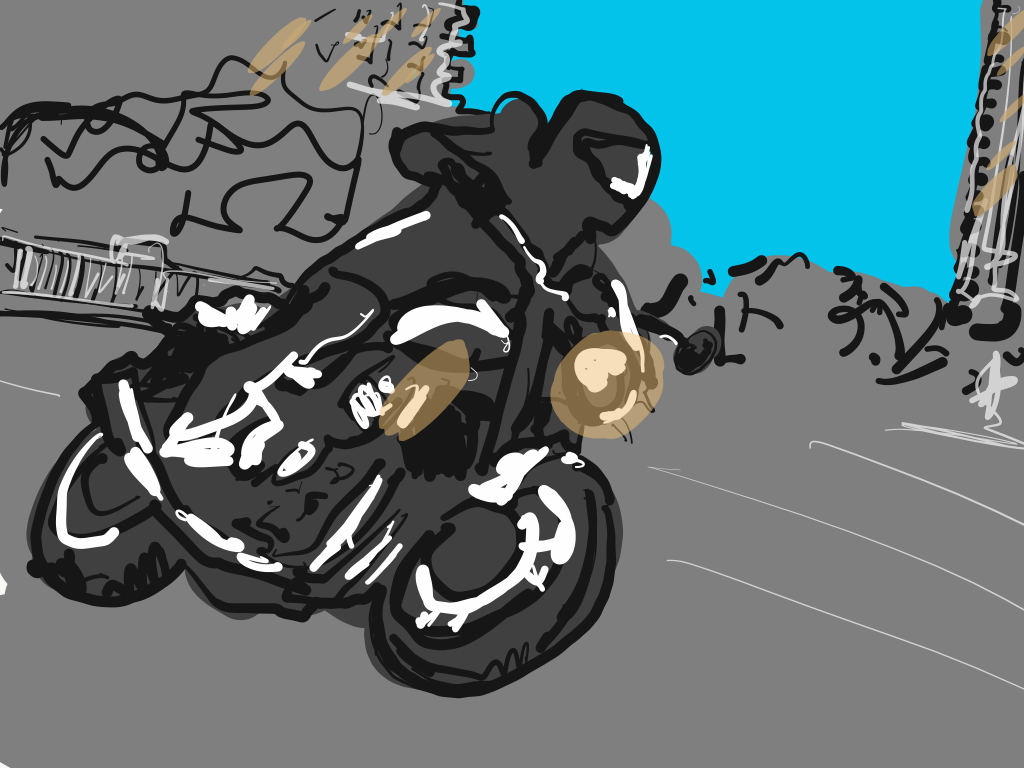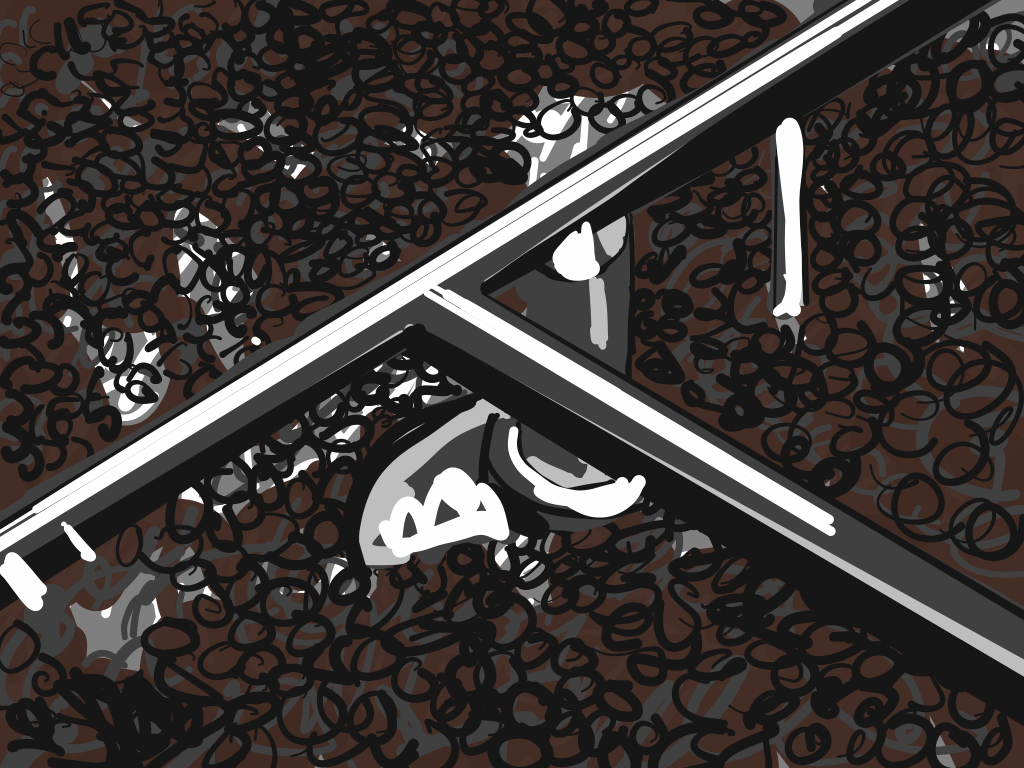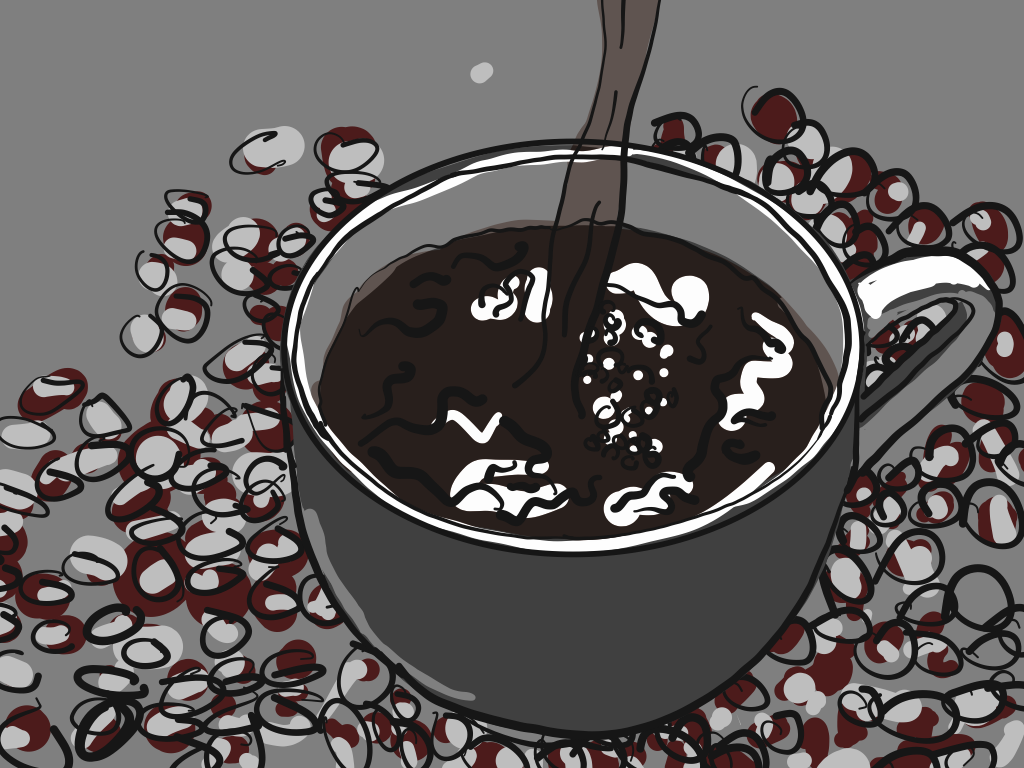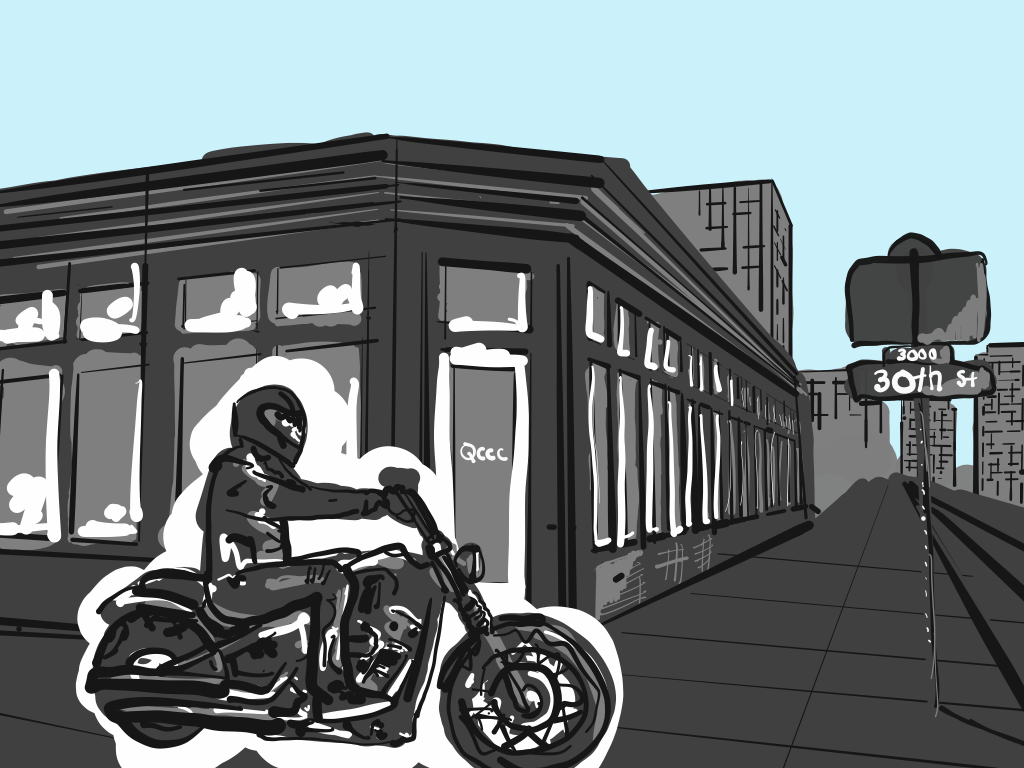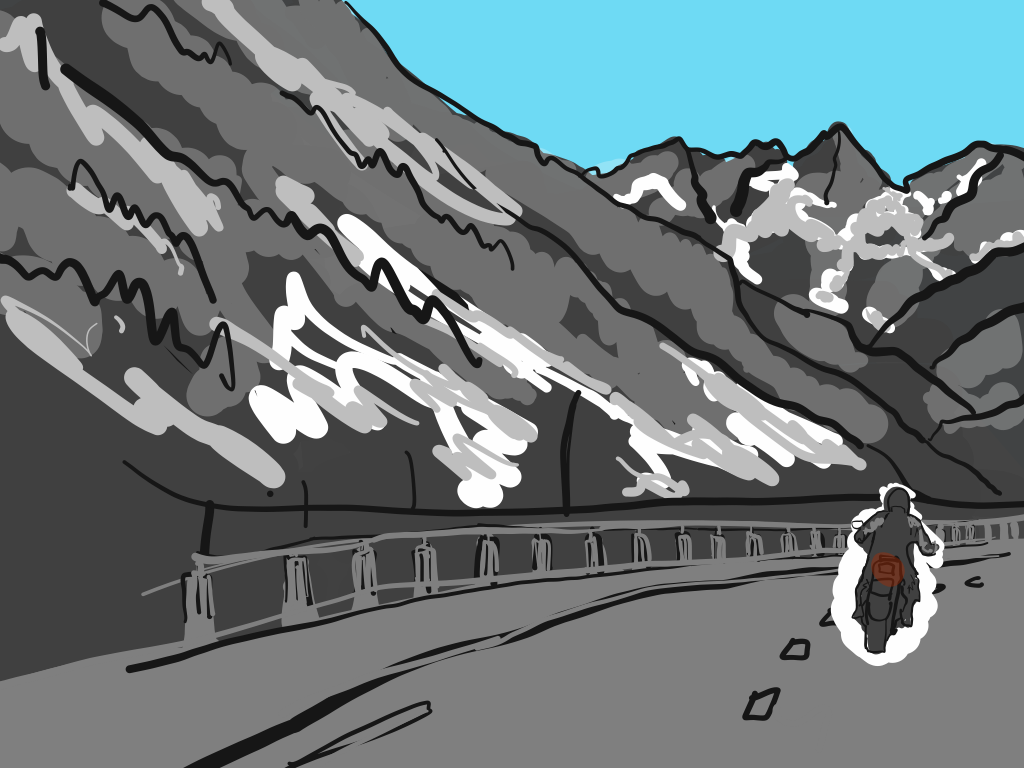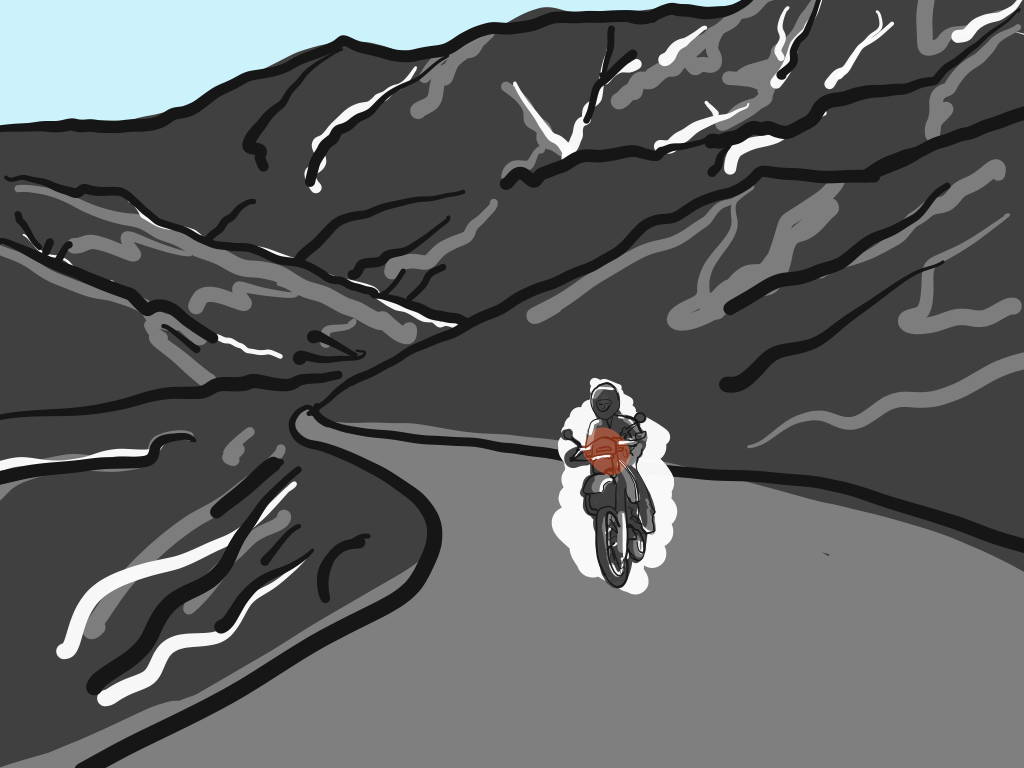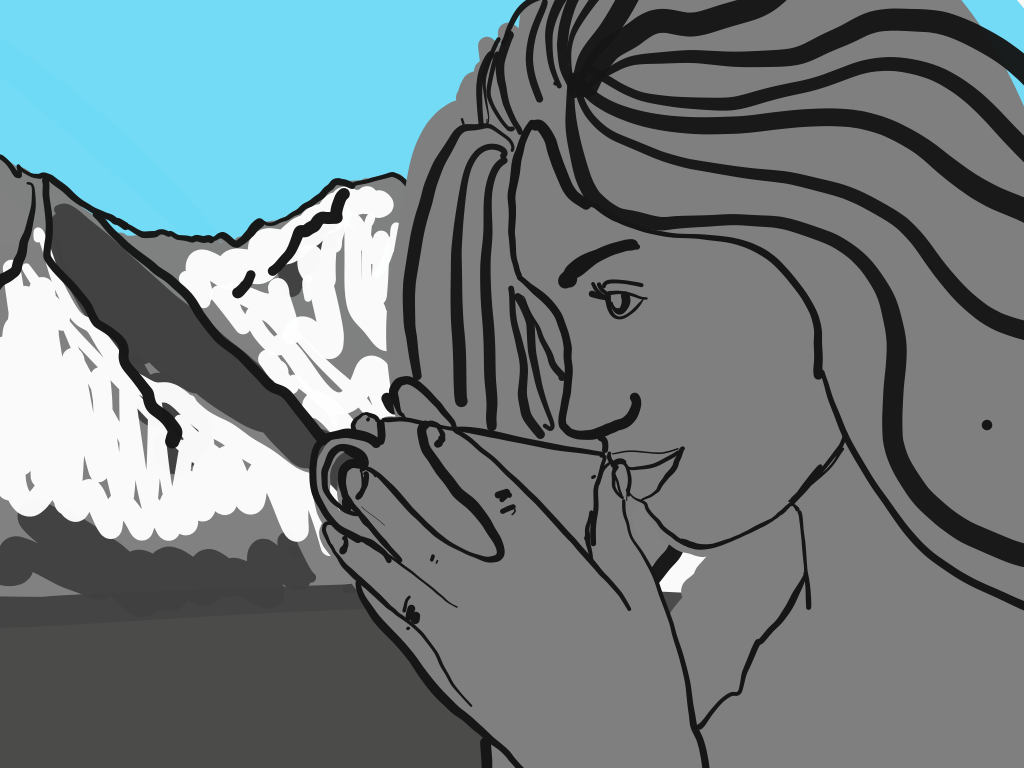
Hey fellow storytellers! Have you ever experienced the magic of a well-crafted storyboard? One where your ideas visually come to life, guiding you through the twists and turns of a narrative? It's akin to having a secret weapon for your creative endeavors. Today, I'm excited to share my journey on how to create a storyboard, weaving in essential tips, formats, and a dash of personal insight. Let's dive in!
Section 1: Understanding the Basics
What is a Storyboard?
Picture this: a graphic tale told through sketches, drawings, or photos, listing major events, shots, and actions in a narrative. This visual roadmap isn’t just a series of frames; it's a blueprint—an essential companion for creators like you and me.
Why Use a Storyboard?
Storyboards are my secret sauce, the behind-the-scenes hero in the world of visual storytelling. Whether it's film, animation, or gaming, they're indispensable, helping us foresee hurdles and streamline the creative journey. They also facilitate the conveyance of your vision between your idea and your crew. A storyboard can always convey what you want better than explaining can, helping you and your crew get the shots you want.
Storyboards as Vital Tools for Visual Storytelling
Think of storyboards as the architects of visual tales, helping us organize thoughts and clarify essential elements. They're not just for professionals; they're for dreamers and visionaries like us, guiding us from plot inception to the finished masterpiece. A storyboard can be as simple as a few stick figures on a piece of paper or a properly animated short for the movie. I'll add some of mine below for example.
Section 2: Essential Tips for Creating a Storyboard
Define Your Purpose and Audience
Let’s kick off by defining our project’s soul—its purpose and objectives. It's like setting sail; you need to know your destination before navigating the open sea of creativity.
Start with a Script or Outline
A detailed script is the compass that guides my storyboard. It outlines dialogues, actions, and sequences, setting the stage for the visuals that follow, as mentioned in the previous session.
Keep It Simple and Clear
Simplicity is my storyboard mantra. Less is often more, and clarity reigns supreme. Keep it simple. Some of the best movies were written on napkins over a pint.
Consider Flow and Transitions
Imagine your storyboard as a river; smooth transitions make the narrative flow effortlessly. Let's guide our audience along a scenic route, keeping them hooked from frame to frame.
Use Thumbnails for Quick Drafts
Thumbnail sketches are my first draft canvas. They're the rough sketches that breathe life into my ideas, helping me visualize the big picture. They usually end up like stick figures and chicken scratch in one of my notebooks.
Section 3: Storyboard Formats
Storyboard Software and Apps
Ah, technology—the modern storyteller's best friend. There are tons. I make my own using Adobe Illustrator, but there are great apps out there; a quick Google search will give you 30 if you want.
Traditional Storyboard Format
The classic storyboard format is like a cozy home for your visuals—a series of rectangles or squares arranged in a grid. It's the go-to choice for traditionalists, like me, who find comfort in its familiarity.
Vertical Scroll Format
For the digital enthusiasts among us, the vertical scroll format is our playground. It offers a continuous flow, perfect for web-based projects that demand a seamless visual journey.
In concluding our exploration of storyboarding, I trust you've gained valuable insights into the art of visual storytelling. Crafting compelling narratives is an art that transcends mediums, whether through simple sketches or advanced digital tools.
Should your creative endeavors bring you to Durango, Colorado, I invite you to connect with me at RG Media. As a full-scale production company, RG Media is dedicated to transforming concepts into captivating visual experiences. Feel free to reach out, and together, let's continue crafting stories that leave a lasting impact.
Here's to your creative journey and the endless possibilities that storytelling unfolds!
![[ Rees Gibbons ]](http://images.squarespace-cdn.com/content/v1/5e8cab02b8db4c263792b77c/1599786499914-BIT4V20AFX5LCER9NRBD/RGMediaHouse_Logo_White_RGB_540px%40300ppi.png?format=1500w)
